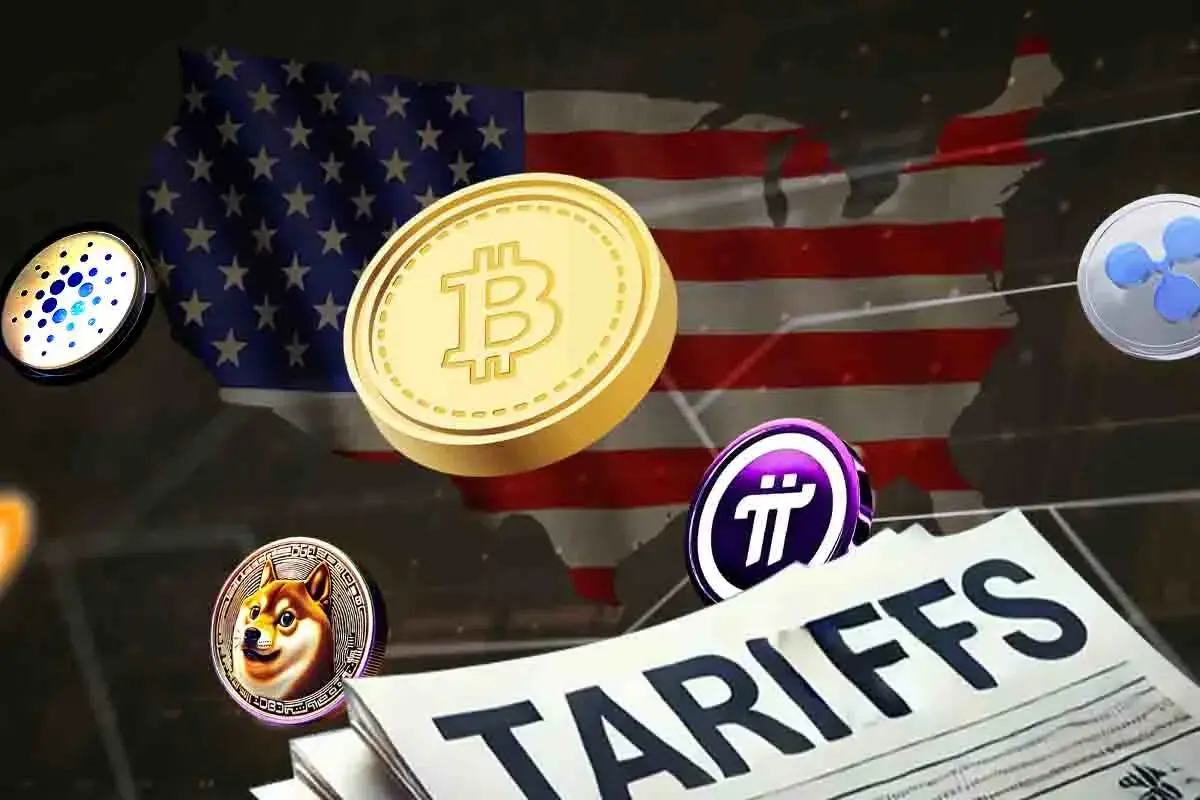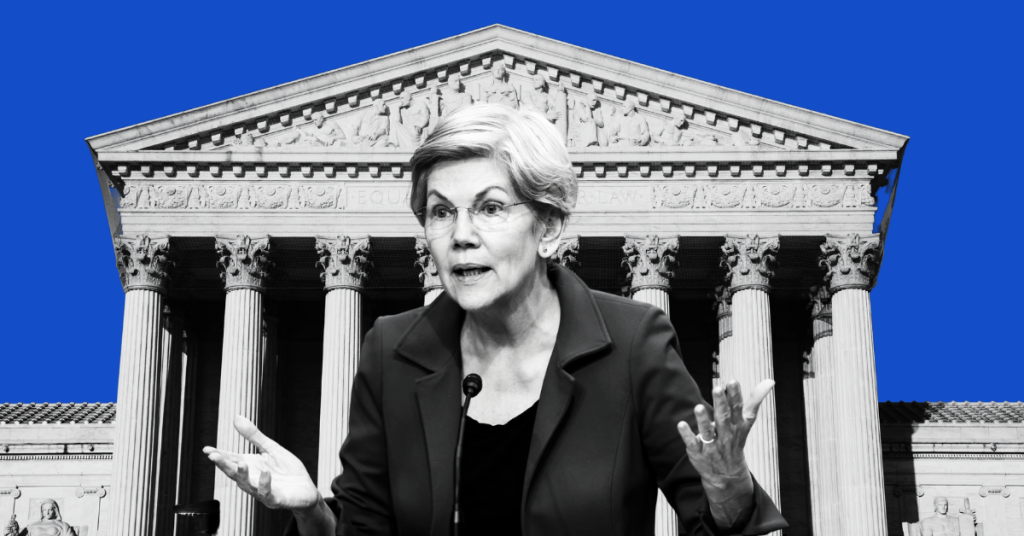
The post Kraken Exchange to List Binance Coin $BNB on April 22 With Four Trading Pairs appeared first on Coinpedia Fintech News
- BNB has shown significant market resilience similar to Bitcoin in the recent past catalyzed by rising demand.
- Bullish sentiment has been building up for the BNB price in the last three months, but it could be delayed if the support level at $520 is breached.
In a surprising move to crypto traders, Kraken Exchange had not listed Binance Coin (BNB) until now. Earlier on Thursday, Kraken Exchange announced that deposits and withdrawals of BNB are enabled ahead of the April 22 listing.
Kraken Exchange will list BNB against the U.S. dollars, the EUR, USDC, and USDT. However, Kraken Exchange announced that geographical restrictions will be imposed where applicable.
The announcement attracted different reactions from the crypto community. While some were surprised that Kraken had not listed the fifth largest crypto assets by market cap, Binance co-founder Changpeng Zhao said that ‘BNB is a memecoin’.
Top Reasons Why Kraken Listed BNB?
The listing of BNB at Kraken Exchange was strategic after years of existence. On the top list, BNB has gained significant regulatory clarity in the past few years, led by the United States. Under the Donald Trump administration, Kraken Exchange has also expanded its services offering to compete with other similar firms.
The adoption of BNB has grown significantly in the past few years, bolstered by the Binance exchange. Moreover, the rising on-chain activity for the BNB chain has helped burn over 60 million tokens worth over $34 billion.
Midterm Expectations
Since the beginning of 2025, BNB price has closely followed Bitcoin price action. The large-cap altcoin, with a fully diluted valuation of about $86 billion and a 24-hour average trading volume of about $526 million, has shown significant market resilience amid the ongoing global trade war.

In the daily timeframe, BNB price has been forming a potential reversal pattern since the second inauguration of Trump. Notably, BNB price has established a robust support level above $520, coupled with a bullish divergence of the Relative Strength Index (RSI).









